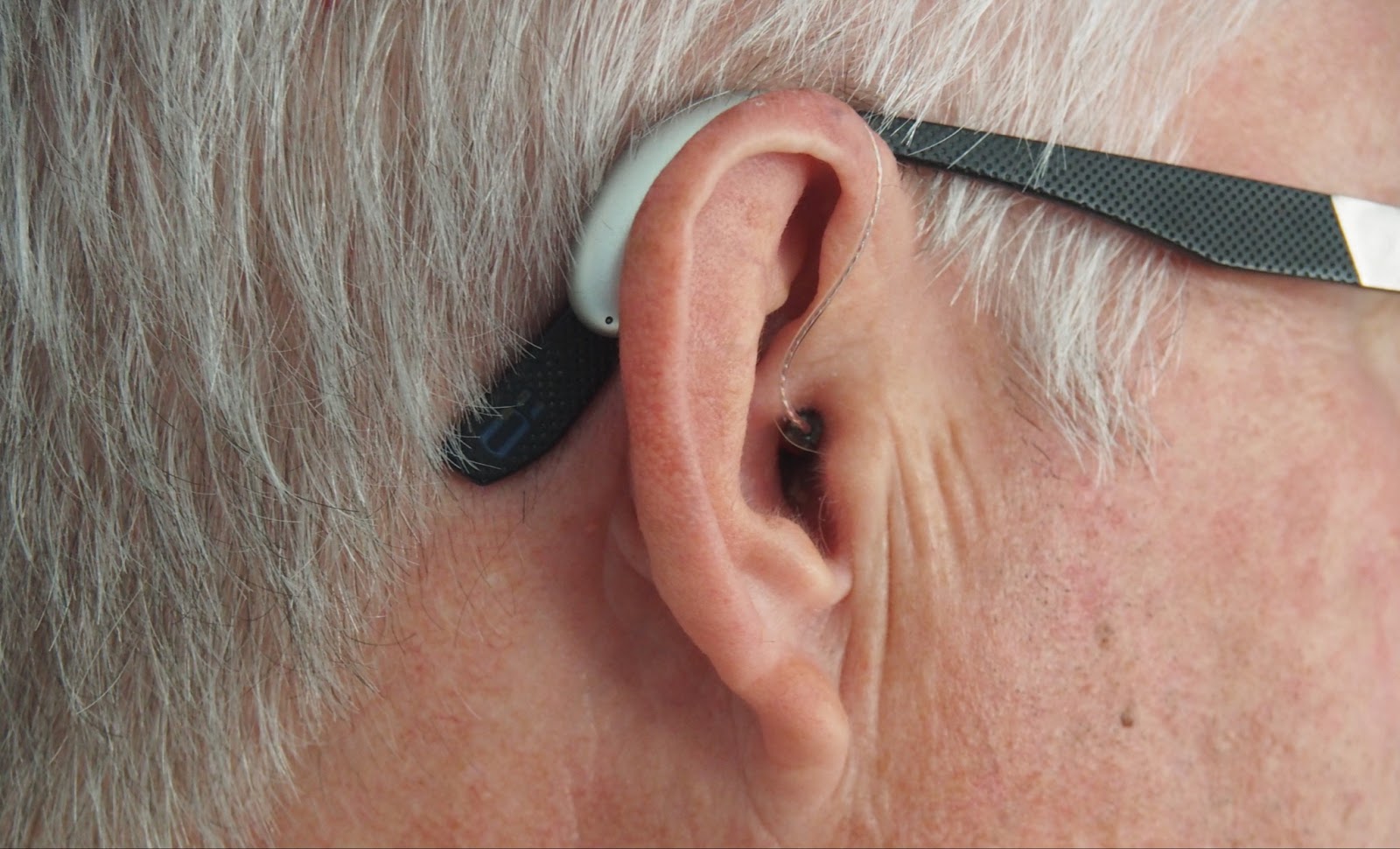Take Care Of Your Ear Health Today
Photo: Unsplash
The middle ear is associated with numerous ailments, including balance issues and certain hearing issues. The middle ear is located between the outer ear canal, which is visible in the center of the earpiece, and the inner ear cochlea. The cochlea translates the sounds we hear into electrical currents that pass to the brain and cause the sense of hearing. The middle ear allows sounds to pass almost without loss from the air around us to the fluid in the inner ear. Without the middle ear, our hearing would have been impaired. You should be concerned with looking after your ear health to avoid any hearing troubles in later life. If you have any type of issue, you should understand your hearing loss so that you can deal with it adequately. Frequent hearing tests are important.
Its structure
The outer part of the middle ear is a thin and usually transparent membrane, called the eardrum. This name is derived from its role because the sound waves hit it, much like a drummer tapping a musical drum. Adjacent to the inside of the eardrum are three small bones, which transmit the sound and amplify it into a tiny window in the inner ear.
The main diseases that affect the middle ear are infections and most occur in childhood. Some start as acute inflammation accompanied by pain, fever and discharge from the ear, and some as sub-acute inflammation in the middle ear without any signs or complaints. In most children this disease passes without causing damage, but in a minority the disease lasts a long time and causes destruction and damage to the middle ear to varying degrees.
Additionally, issues such as fluid buildup or even stiffening of the tiny bones in the middle ear can affect how the sound is transmitted to the inner ear. This can lead to tinnitus. Tinnitus can also be related to issues in the inner ear, or even issues with the auditory nerve. The result is a ringing or beeping in your ear, which can affect your hearing ability. Thankfully, there are solutions that are designed for tinnitus relief, including stress reduction and CBT techniques.
Your ear health is important as is all types of health. You can take some steps to improve it which we will look at now:
Avoid loud noises: Unfortunately noise of 85-90 decibels is common in our daily lives. So what do you do to avoid irreversible damage? How do we protect our hearing from the noises that surround us every day? This is when your ears are in danger. The hearing damage can be marked with numbers. As mentioned the danger starts as soon as the noise level crosses the 85-90 decibel limit. Listen to music on headphones in a controlled way: Listening to music on headphones at increased volume is dangerous. The recommended safety threshold, that is, the maximum volume for listening to music in headphones is 50% (not above the medium volume) Be sure to maintain this volume so that you do not endanger your hearing and wear ear plugs when necessary.
Hearing tests: If you are often exposed to loud noise sources in the work environment or for example go to many parties and performances it is recommended to go for a periodic hearing test. It will be possible to detect noise damage even before their significance worsens and becomes too difficult for everyday life. You should always be aware of the dangers of noises on your hearing over time.
Even if you are diagnosed with hearing loss, continuing to pay close attention to changes in your hearing, especially when wearing a hearing aid, is vital. For one, you can adjust and program it to meet your specific hearing needs. Furthermore, sudden changes could be a sign of a malfunction, and getting in touch with your audiologist for hearing aid repair may be necessary. The longer you leave it, the greater the impact could be on your quality of life.
- Tips to Buy a Car the Right Way - June 17, 2025
- Top 5 Tips for Finding the Best Car Deals in Your Area - June 16, 2025
- Need Cash Fast? Here’s How to Make Real Money Quickly - June 4, 2025


